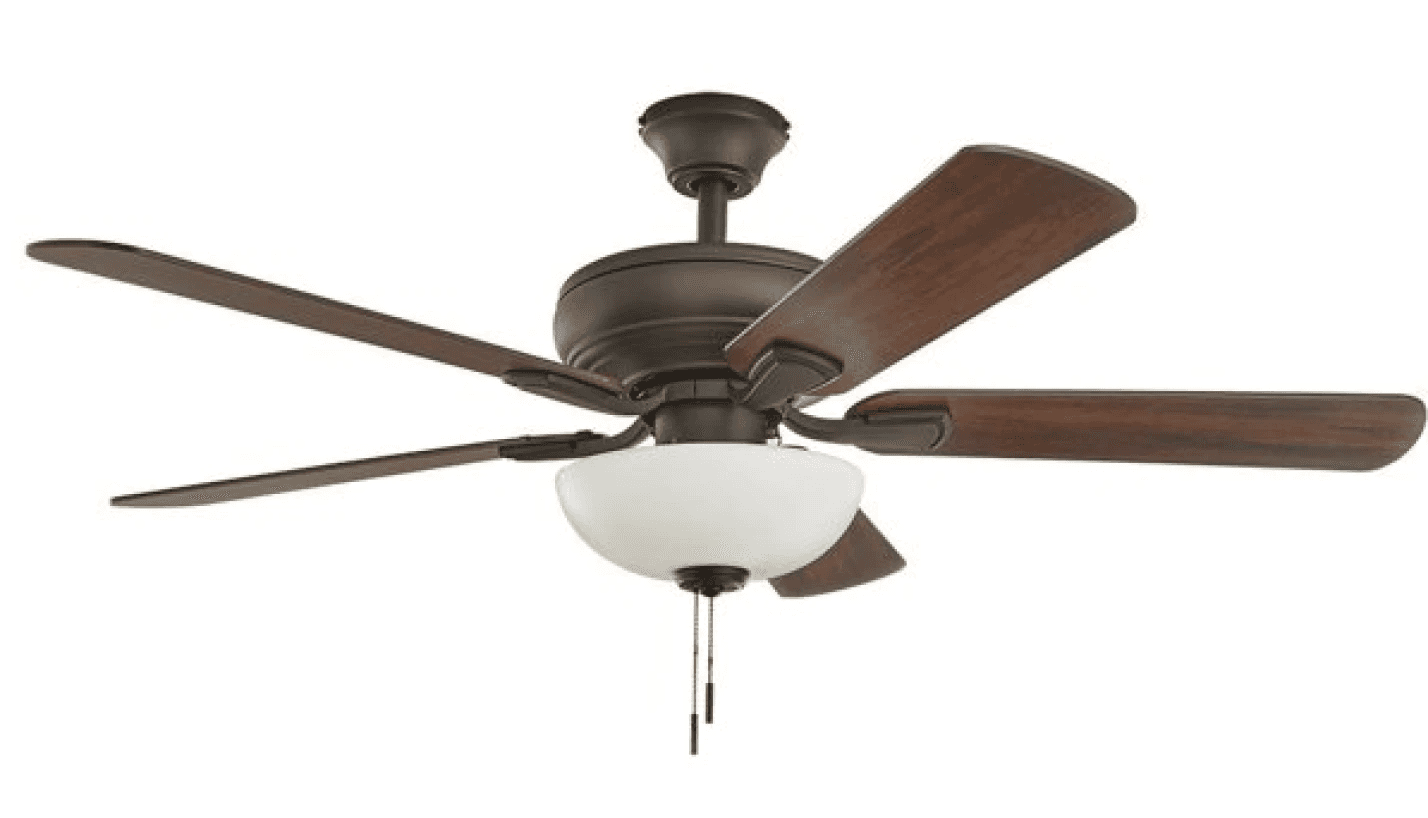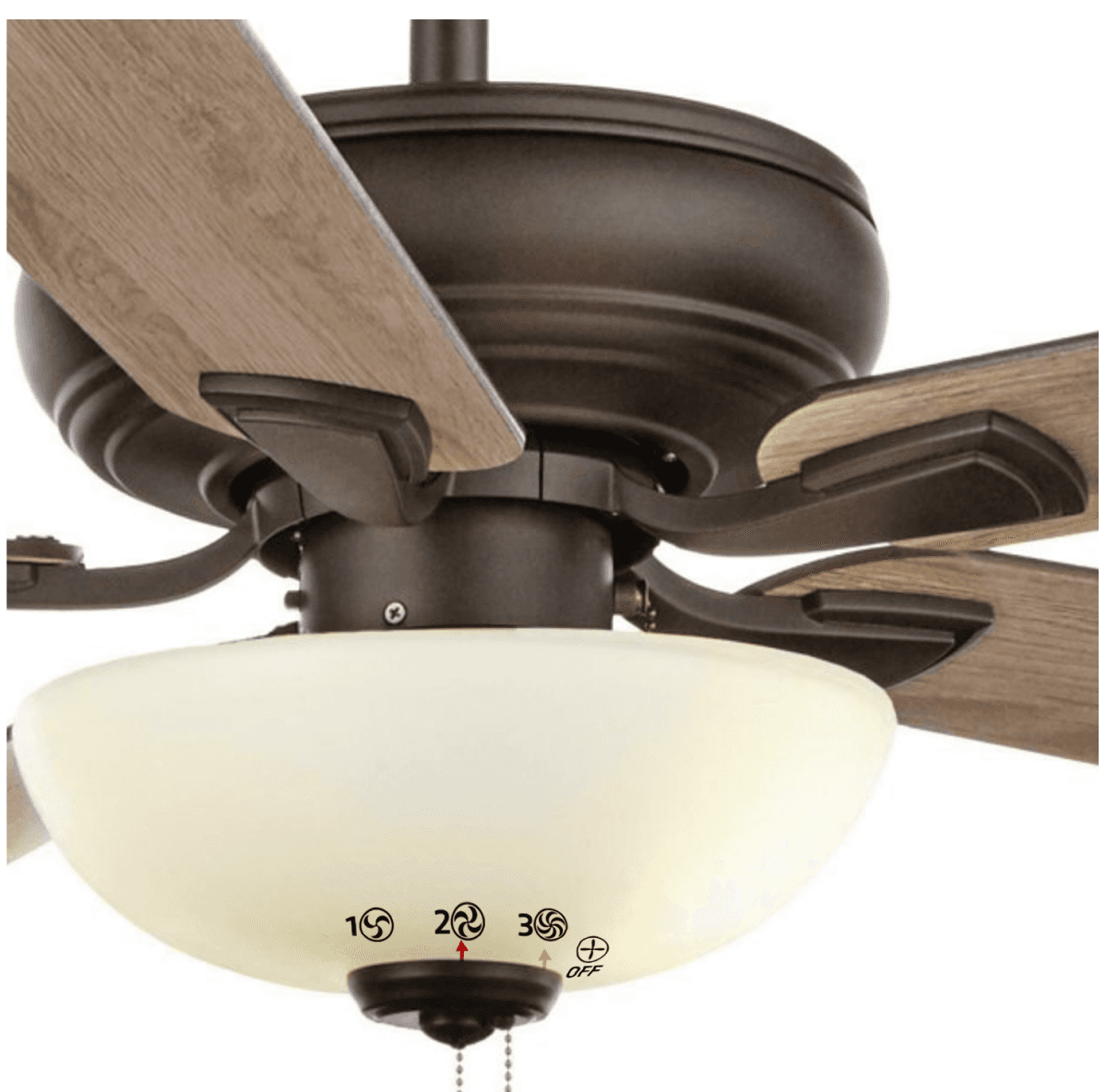Ceiling Fans: Human Factor Analysis
This research targets and aims to improve usability for pull-chain-controlled ceiling fans, commonly used despite inherent usability challenges. Our usability testing, involving five participants, highlights key issues: user confusion regarding chain functions and difficulties recalling fan speed settings.
These problems not only frustrate users but also risk product abandonment. To mitigate these challenges, our proposed solution entails integrating icons and indicators near the chains. This intervention aims to enhance discriminability, diminish memory reliance, and provide real-time feedback, ultimately ensuring a more user-friendly and satisfying experience with pull-chain-controlled ceiling fans.
Challenge
The usability of pull-chain-controlled ceiling fans is hindered by issues like poor chain discriminability, reliance on visual perception, and weak memory, which can lead to user discomfort and potential product abandonment.
Project Type
Literature Review and Human Factor Analysis
Date
Sept - Nov 2022
My Role
Usability and Human Factors Researcher
Stakeholder / Client
Arizona State University/
Human Factors Engineering Research Paper
5
Users Tested
14
Peer-Reviewed Articles Cited
5
Underlying Human Factors Principles

Hampton Bay 52-inch Rothley II Ceiling Fan
57%
of American Households use
Pull Chain Operated Fan Setup.
- (Kantner et al., 2013)
Methodology - Usability Test (n=5)
Pre-test Questionnaire
1. What different kinds of ceiling fan operating/controlling methods are you familiar with?
2. How long have you been using or have used these fan controls?


Task Description
Initial Condition:
Participants were informed that the wall-mounted power switch connected to the fan’s power supply was left on. Using the pull chains, the light kit and fan motor were set in the off-state. And also that the fan may have 3 or 5 speed-states to choose from.
Task:
By selecting the correct chain try to find out the available rotational speed states of the fan using that pull chain and then set the speed to the medium state available.
Post-test Questionnaire
1. Why did you pull this chain first?
2. How was your experience using this fan?

Observations
Usability test Observations
Users often confuse fan speed and light kit cords due to their similar lengths.
Users must remember fan speed based on blade revolution and airspeed.
Accidental activation or difficulty in recognizing fan speed options may lead to product abandonment.

Human Factors Observations
Control Discriminability: Usability hinges on controls that are easily identifiable, accessible, and discriminable, a deficiency observed in the current design.
Visual Perception: Accurately perceiving fan rotational velocity is challenging due to fixed fan positions and human physiological limitations.
Memory: Memory plays a role in recalling chain associations, encoding rotational speeds, and recollecting settings, but is unreliable for rotational motion.
Bottom-up Processing: Environmental factors like air velocity and thermal variations affect fan speed perception, influenced by individual sensitivities and location
Decision: Uncertain choices and increased stimuli can lengthen decision time, influenced by task-relevant feature priming and unreliable encoded memory, impacting decision-making.
Solution
Ceiling fan usability relies on user interaction with pull chains. However, issues like unclear chain functions, reliance on visual perception, weak memory for fan speeds, and sensory distractions can cause discomfort and product abandonment. To address this, our solution integrates icons and an indicator near the speed control chain, enhancing chain clarity, reducing memory load, and providing real-time user feedback.
This solution intends to improve discriminability, reduce reliance on memory, and provide instant feedback to the user by providing a metaphorical representation of current and other available speed states to the user.
For ease of production and with least altercation to original fan design, a physical spring operated icon-indicator system could be used. A digital prototype/ design solution can be something like this:
Concept Solution
Digital Render
Conceptually, the icons and indicator could be placed near the speed-controlling chain to enhance the chain’s salience, whereas the icons associated with numbers (proven by research) are easy to remember and, following Nielsen’s Heuristic, the proposed solution instantly indicates the current and available options.
Conclusion
The struggle of telling apart the pull chains, trying to remember fan speeds and misinterpreting spinning blades can be truly frustrating for users, often leading to them giving up on their ceiling fan. To tackle these challenges, we propose a design solution: adding an icon-indicator system near the speed control chain. This system will make it easier to spot, and understand the available fan speeds, and get immediate feedback. To delve deeper into these psychological aspects and explore even more user-friendly ceiling fan designs, further research with a larger group of people is essential.





